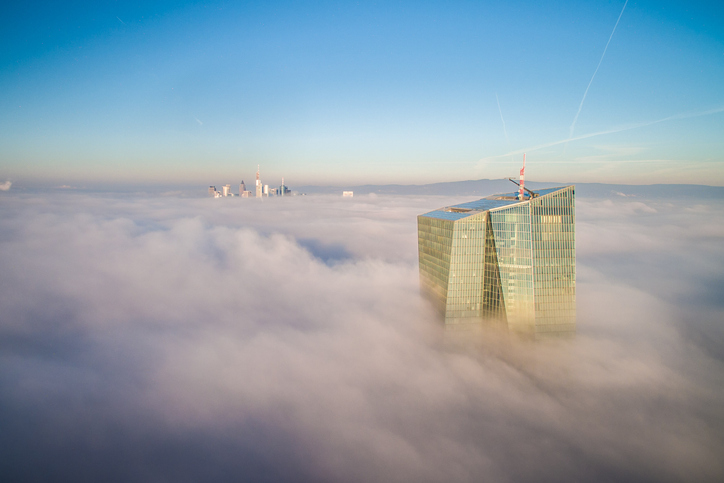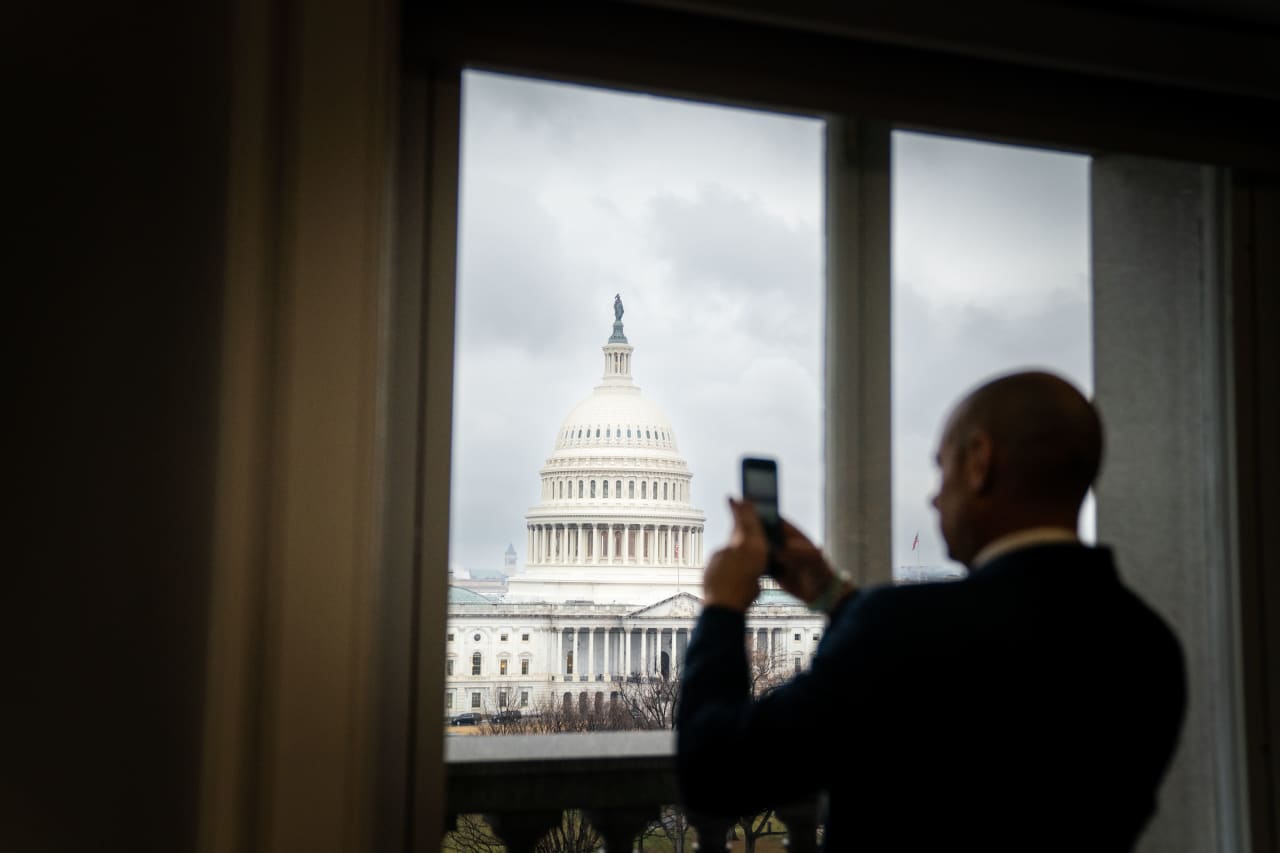RBA Keeps Rates Steady, Says All Policy Options Remain on the Table
The RBA left its official cash rate on hold, which was widely expected by economists
SYDNEY—The Reserve Bank of Australia said Tuesday that it still can’t rule out the possibility that interest rates will need to be raised further, adding that inflation remains too high and is expected to remain elevated for some time yet.
The RBA left its official cash rate on hold at 4.35% at its policy meeting. The decision was widely expected by economists.
“While recent data indicate that inflation is easing, it remains high. The board expects that it will be some time yet before inflation is sustainably in the target range,” the RBA’s policy setting board said Tuesday.
“The path of interest rates that will best ensure that inflation returns to target in a reasonable timeframe remains uncertain and the board is not ruling anything in or out,” it added.
The RBA’s guidance was little changed from its policy announcement in February, and will buy it time before the release of first-quarter inflation and economic growth data in coming weeks.
The threat of further interest rate increases stems from the fact that while inflation has fallen to its lowest level in two years, it remains significantly above the RBA’s 2%-3% target band at a time when there is still pressure building under wages, while the center-right Labor government will hand out income tax cuts in the middle of the year.
“The board needs to be confident that inflation is moving sustainably towards the target range. To date, medium-term inflation expectations have been consistent with the inflation target and it is important that this remains the case,” the RBA said.
Inflation continues to be fueled by things like soaring rents and rising electricity and insurance costs, areas of the economy the RBA’s policy instrument of interest rates can only affect at the margin.
The RBA will continue to lag behind many other major central banks that are already pointing toward the probability that interest rates could fall soon.
The lag in Australia is partly due to the fact that interest rates weren’t raised by the same amount seen in other countries, as the RBA wanted to protect employment.
The RBA isn’t forecasting inflation to return to its target band until early 2026, which means inflation will have been outside of the band for close to four years.
Still, the likelihood that the RBA actually does deliver a further increase in interest rates appears low given that the economy’s growth rate is at its slowest in 30 years, while unemployment has risen quickly over recent months.
“The RBA stuck to its hawkish guns at today’s meeting but we think it will pivot towards policy easing by August this year…but the board clearly isn’t letting down their guard,” said Marcel Thieliant , head of Asia-Pacific operations at Capital Economics.
 Copyright 2020, Dow Jones & Company, Inc. All Rights Reserved Worldwide. LEARN MORE
Copyright 2020, Dow Jones & Company, Inc. All Rights Reserved Worldwide. LEARN MORE
This stylish family home combines a classic palette and finishes with a flexible floorplan
Just 55 minutes from Sydney, make this your creative getaway located in the majestic Hawkesbury region.
Money worries are having a cascading effect on stress levels, conflict and even the rate of ageing
Worrying about the cost of living is causing accelerated ageing, household arguments and creating significant stress, according to new research. More than half of Australians say they have experienced personal setbacks due to financial strain over the past year. Almost 20 percent say that have suffered a stress-related illness, 33 percent have lost sleep and almost one in five are seeing signs of early ageing.
Household hostility is also rising, with 19 percent of Australians admitting they have argued with their partners about money, and a further one in 10 have argued with family and friends.
The Finder survey of 1,070 Australians reveals women are bearing the brunt of financial stress, with 62 percent reporting they have worried about money compared to 42 percent of men.
Younger Australians are struggling the most, with almost 7 in 10 Gen Z respondents reporting financial strain compared to 58 percent of Gen Xers and 24 percent of baby boomers.
The impact of cost-of-living pressures among different age groups and income levels is reflected in new data from the Australian Bureau of Statistics (ABS). The selected living cost indexes show employee households are under more strain from inflation, with the CPI measure for this population group at 6.5 percent today compared to the official overall CPI figure of just 3.6 percent.
The discrepancy is due to higher mortgage interest payments – which make up a higher proportion of expenditure for employee households — as well as an increase in primary and secondary school fees, and the indexation of tertiary education fees at the start of the year. The official CPI does not include mortgage payments, so the living cost indexes provide a more accurate picture of how rising interest rates are impacting households with mortgages today.
The inflation rate is much lower for older Australians, who have often paid off their mortgages. The inflation rate on living expenses for age pensioner households is below the official CPI level at 3.3 percent, and it’s only slightly higher at 3.4 percent for self-funded retirees.
Graham Cooke, head of consumer research at Finder, said that despite cooling inflation, Australians were still under significant financial pressure.
“This can be seen in Finder’s Cost of Living Pressure Gauge, which has been hovering in the extreme range for the past year and a half,” Mr Cooke said. The gauge returned a reading of 78 percent in March this year compared to 47 percent in March 2021, when inflation was 1.1 percent and the Reserve Bank’s official cash rate was 0.1 percent.
Interestingly, Australians’ cash savings are higher today than they were in 2021, likely reflecting stimulus payments received and saved during the pandemic. The Reserve Bank has cited pandemic savings as a factor in keeping mortgage arrears low despite much higher interest rates. The Finder research shows Australians have an average of $37,206 in cash savings today, up from $24,928 two years ago.
“Money concerns can cause problems in your everyday life and snowball quickly if you don’t get them under control,” Mr Cooke said. “Building financial resilience is as vital as ever as costs continue to rise. Pay close attention to where your money is going so you keep impulse spending to a minimum, and don’t overspend.”
Australians appear to be heeding this advice, with the latest ABS retail figures showing seven straight quarters of declining per capita spending. “Per capita volumes show retail turnover after the effects of inflation and population growth have been accounted for,” explained Ben Dorber, ABS head of retail statistics. “Following an unprecedented seven straight falls, it is very clear how much consumers have pulled back on spending in response to cost of living pressures over the past two years.”
Consumers are going to gravitate toward applications powered by the buzzy new technology, analyst Michael Wolf predicts
Just 55 minutes from Sydney, make this your creative getaway located in the majestic Hawkesbury region.























